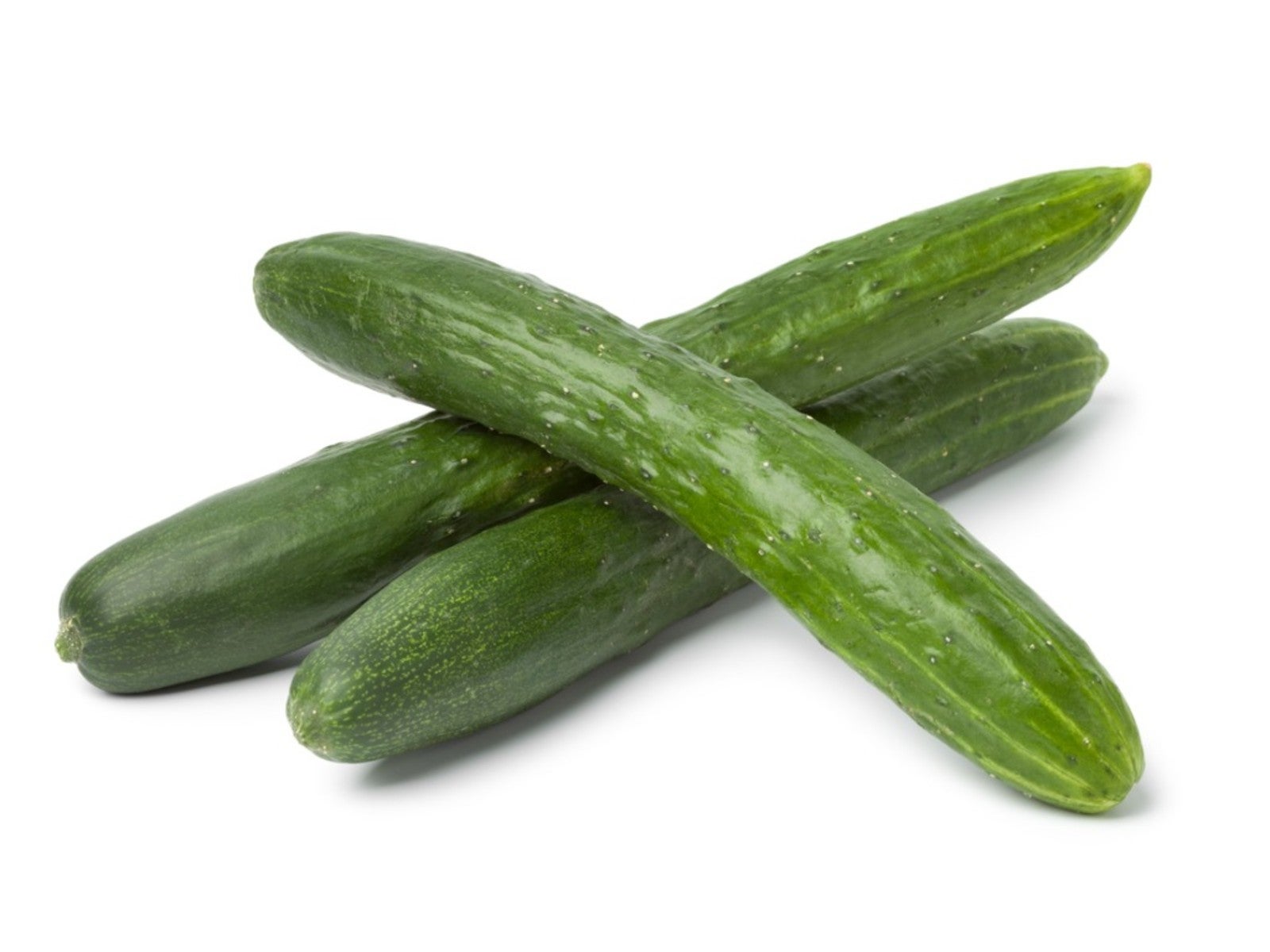Japanese Cucumber Info – What Is A Kyuri Japanese Cucumber


Japanese cucumbers look somewhat like the cucumbers we usually grow in the garden, but the taste is quite different. In fact, this member of the Cucurbitaceae family is a fruit. It is related to melons, squashes, and pumpkins, and it tastes more like them than like a traditional cucumber. Don’t mistake it for the regular cucumber, but experience its unique taste without expectations.
The fruit is eaten regularly in Japan as a side dish, part of a Japanese cucumber salad, and as a pickle. Japanese pickles may be salted down to preserve them in a pickling process called Shiozuke, where they’re allowed to ferment. They are also pickled with vinegar. Japanese cucumbers are a cooling fruit, often served along with hot and spicy dishes.
Kyuri Japanese Cucumber in the U.S.
The Japanese cucumber is found in farmers’ markets and restaurants throughout the U.S. It grows well in hot summer gardens here. It is long (up to 18” or 45 cm.) and skinny, with few small seeds and a thin skin. One source says it is preferred by picky eaters. Give it a try in your garden this year. You might find a new favorite for your family.
Seeds are readily available for sale online. It is native to Japan and to some parts of China. It takes approximately 65 days to harvest. Plants are vigorous and heavy producers, according to info about them. Don’t let these cucumbers overgrow; fruits that get too big may become bitter.
Growing Japanese Cucumbers
Start from seed outside in full sun when soil has warmed to 65 to 75 degrees F (18 to 23.8 C). Soil should be well-draining and nutrient rich, with some additional water-holding capacity. Work in compost well before planting for the best cucumber-growing soil. Plant in hills or in rows, or even into a large container. These robust plants should be grown on a trellis or up a fence for proper support.
Plant seeds 1 inch deep (2.5cm.) in mid spring through warm months. If you’ll have 65 days of hot weather remaining, it’s not too late to plant if you keep them watered. Some sources say to plant them on their side. Double seeding is not needed, according to info.
Water in and keep the soil moist. Cultivate lightly around the plants, keeping the soil weed-free. Attach to a trellis, wall, or other support when it is possible to do so. Pinch out the growing tip when the plant has seven leaves. Pinch out tips from side branches at the same point.
Gardening tips, videos, info and more delivered right to your inbox!
Sign up for the Gardening Know How newsletter today and receive a free copy of our e-book "How to Grow Delicious Tomatoes".
Watch for pests. Treat the plants if needed. Harvest the fruit when it’s still young and sweet. This plant will continue to produce as cucumbers are picked. Have a plan for a bountiful harvest.
Since you’ve worked so hard in the garden this summer we want to show off the fruits (and veggies) of your labor! We invite you to join the Gardening Know How Virtual Harvest Show by submitting photos of your harvest!

Becca Badgett was a regular contributor to Gardening Know How for ten years. Co-author of the book How to Grow an EMERGENCY Garden, Becca specializes in succulent and cactus gardening.
-
 Terrifically Tubular Flowers For Hummingbirds: 9 Tube-Flowered Plants To Attract Hummers
Terrifically Tubular Flowers For Hummingbirds: 9 Tube-Flowered Plants To Attract HummersGrowing tubular flowers for hummingbirds helps you create the optimum feeding conditions for your winged friends. Here are nine tubed delights for hummers
By Tonya Barnett
-
 How To Grow Hydroponic Tomatoes For Fresh Indoor Harvests – No Soil Required
How To Grow Hydroponic Tomatoes For Fresh Indoor Harvests – No Soil RequiredLearning how to grow tomatoes in water is easy and allows you to harvest fresh-home-grown produce in every season without any mess.
By Ellen Wells